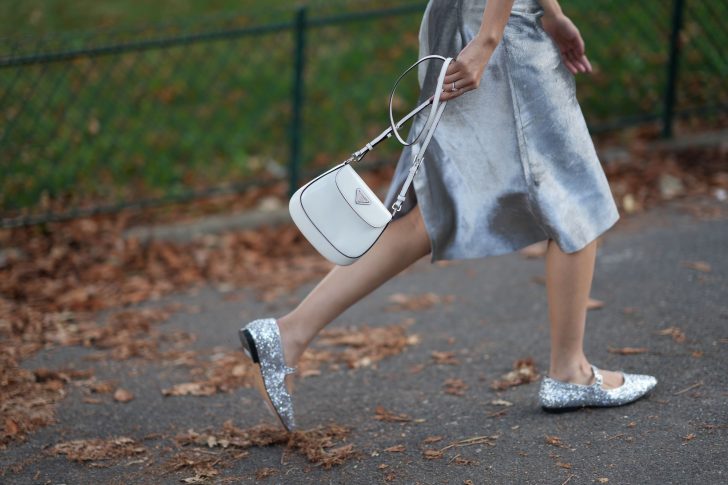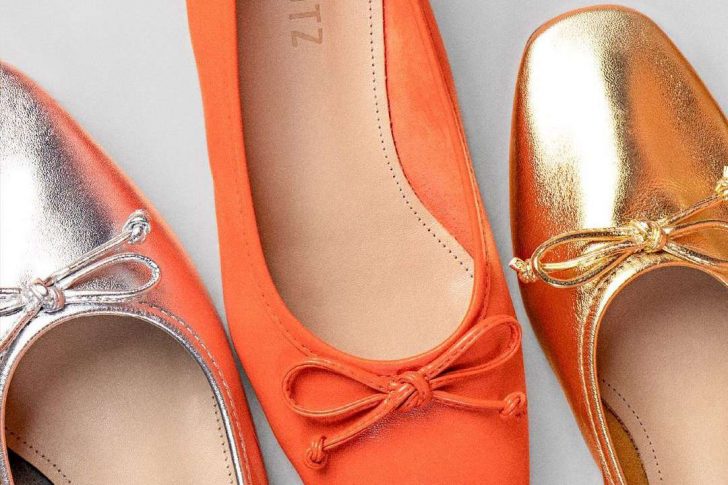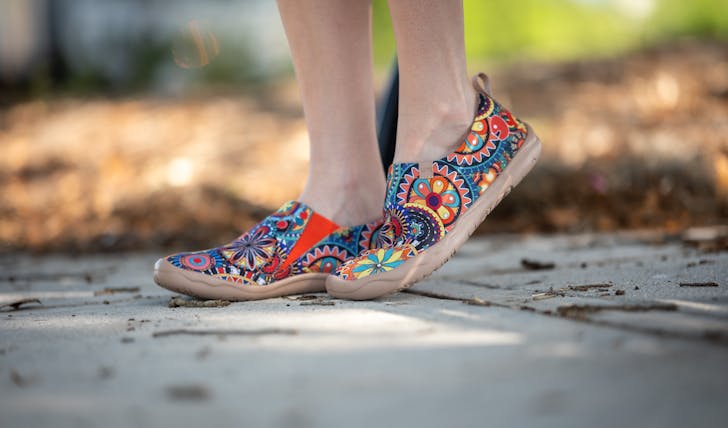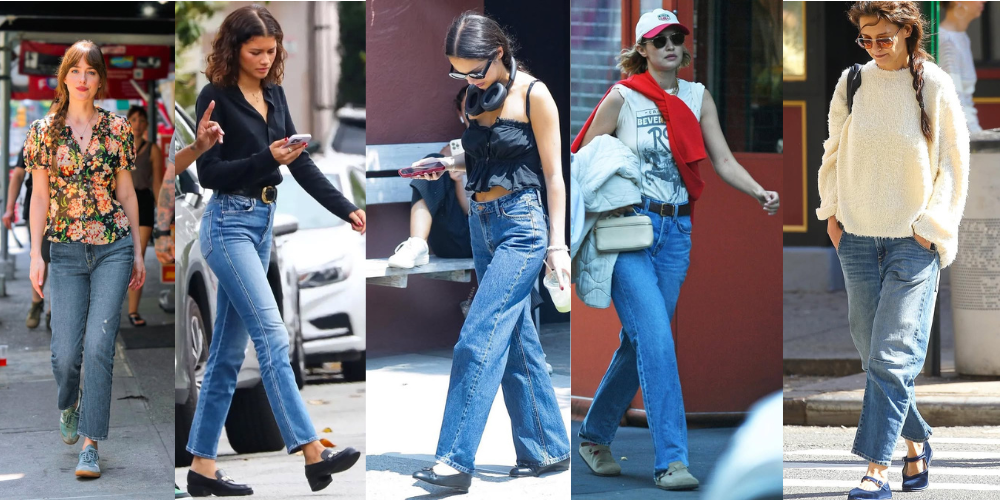As the fashion cycle spins, the ballet flat makes its triumphant return in 2024, seducing style mavens with its understated elegance and unmatched versatility. This shoe style, celebrated for its ability to effortlessly transition from daywear to evening elegance, is once again the darling of the fashion world.
However, amidst the fanfare, a chorus of dissent resonates from the realm of podiatry, where experts caution against the potential peril these shoes pose to foot health.

Red Magazine / While fashion lovers are loving them, podiatrists have some say about the health risks of wearing Ballet Flats.
Podiatrists have long been the naysayers of the flat shoe phenomenon, and their concerns are not unfounded. The simplicity of the ballet flat, which is its main aesthetic appeal, doubles as a health hazard. The absence of arch support, minimal cushioning, and the lack of rear-foot control due to no straps or laces, form the crux of their argument. These deficiencies can lead to a litany of foot ailments.
Further complicating matters is the design of the toe box. Often rounded and narrow, it restricts toe movement, potentially leading to numbness, hammertoes, and thickened toenails. The allure of ballet flats, according to podiatrists, masks these significant downsides, making them a less-than-ideal choice for those prioritizing foot health.

SL / According to podiatrists, Ballet Flats can cause shin splints, stress fractures, bunions, blisters, and tendonitis.
Why Fashionistas Still Love Ballet Flats?
Despite these warnings, the allure of ballet flats remains undiminished. Their appeal lies not only in their aesthetic versatility but also in their practicality. Ballet flats are celebrated for their ease of use, able to be slipped on and off in moments, a stark contrast to the more cumbersome boots or the balancing act required by high heels.
This convenience, coupled with a relatively lower risk of ankle sprains due to the lack of elevation, keeps them firmly in the footwear repertoire of many.
Is There A More Reliable Alternative to Ballet Flats?
For those unwilling to part with their beloved ballet flats, there is a pathway to compromise. By making informed choices, it is possible to enjoy the style benefits of ballet flats while minimizing potential health risks. Here are some guidelines for selecting a safer ballet flat:
- Arch Support is Key: Seek out flats designed with enhanced arch support. While they may come with a higher price tag, the investment in foot health is worth it.
- Sole Structure Matters: A robust sole can mitigate the lack of cushioning typical of ballet flats. Look for options with thicker soles that offer better impact absorption.
- Room for Toes: Avoid the cramp and strain of narrow toe boxes by choosing flats with a more generous width. This can help prevent a host of toe-related issues.

Snaps / Pexels / For those perfect flats that are just lacking in support, orthotic inserts can be a viable solution. They offer the necessary arch support and cushioning to make flats more foot-friendly.
Apart from that, always listen to what your feet are telling you. Discomfort and pain are indicators that your footwear may not be suitable, and ignoring these signs can lead to long-term damage.
How to Find the Middle Ground?
The resurgence of ballet flats in the fashion scene of 2024 is a phenomenon fueled by their timeless charm and practicality. Yet, it is crucial to approach this trend with an informed mindset, recognizing the potential for foot health issues. Podiatrists may continue to voice their concerns. But with careful selection, it is possible to enjoy ballet flats without compromising on foot health.
However, the goal should not be to abandon these stylish staples. But it must to wear them in a way that respects and protects our feet.








